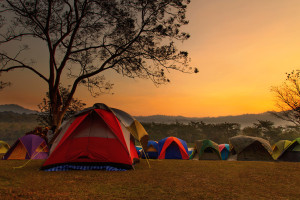
There’s no time like summer for an outdoor adventure. Even if it’s only a day hike, it’s important to be prepared. You don’t need to be a certified survivalist, but these simple tips and tools can help insure that you’ll be ready in case of injury.
First Aid Kits
If you are a an even semi-serious hiker, you may want to consider investing in a prepackaged first aid kit, like these from Adventure Medical Kits. Some bare bones essentials for day tripping include:
● Band-Aids of various sizes
● An ACE bandage
● Moleskin for pesky blisters or “hot spots” where you can feel a blister forming
● Antiseptic wipes
● Antiseptic gel (like Neosporin or generic versions).
● Tweezers (for removing splinters or stings)
● Scissors or a multi-use cutting tool
● Antihistamines
● Ibuprofen or other pain reliever
● Hydrocortisone cream
● A CPR mask
● A signaling device, such as a whistle, in case of the need to summon assistance in an area with poor cell reception.
Sound like a lot of extra weight? Don’t worry–most of these come in small, very portable sizes, shapes and volumes.
Food and Water
There are now a variety of lightweight, easy to use water purification systems on the market. Pack them, just in case, along with purified, easy to access water. Always also bring extra food (because being stranded AND hungry makes everything that much worse!).
Old School Navigation Tools
Even if you’re in a well trafficked state park, it’s important to come prepared for those situations when Siri can’t save you. Most National Parks offer you a map with your admission fee. Bring a map of the trails and a compass.
An Understanding of Basic First Aid
First Aid training allows you to effectively assess and treat injuries, and more quickly determine whether a victim needs immediate medical attention. Red Cross offers frequent certification courses, or you can find plenty of guidebooks to help identify and treat common injuries. One acronym to keep top of mind is RICE–Rest, Ice, Compression, Elevation. RICE describes the first steps to take when treating an ankle sprain, for example.
Supportive Footwear
None of this, please. Or this. Invest in quality, supportive footwear now and save on medical bills later!
Of course, accidents happen, even to the most seasoned hikers. And if they do, we’re here to help.







